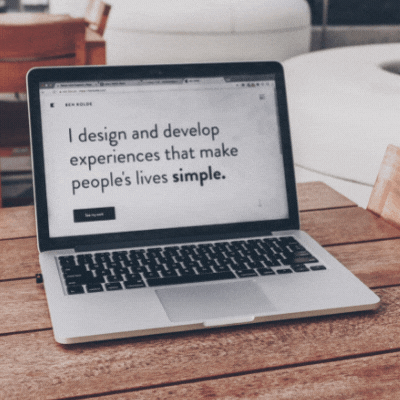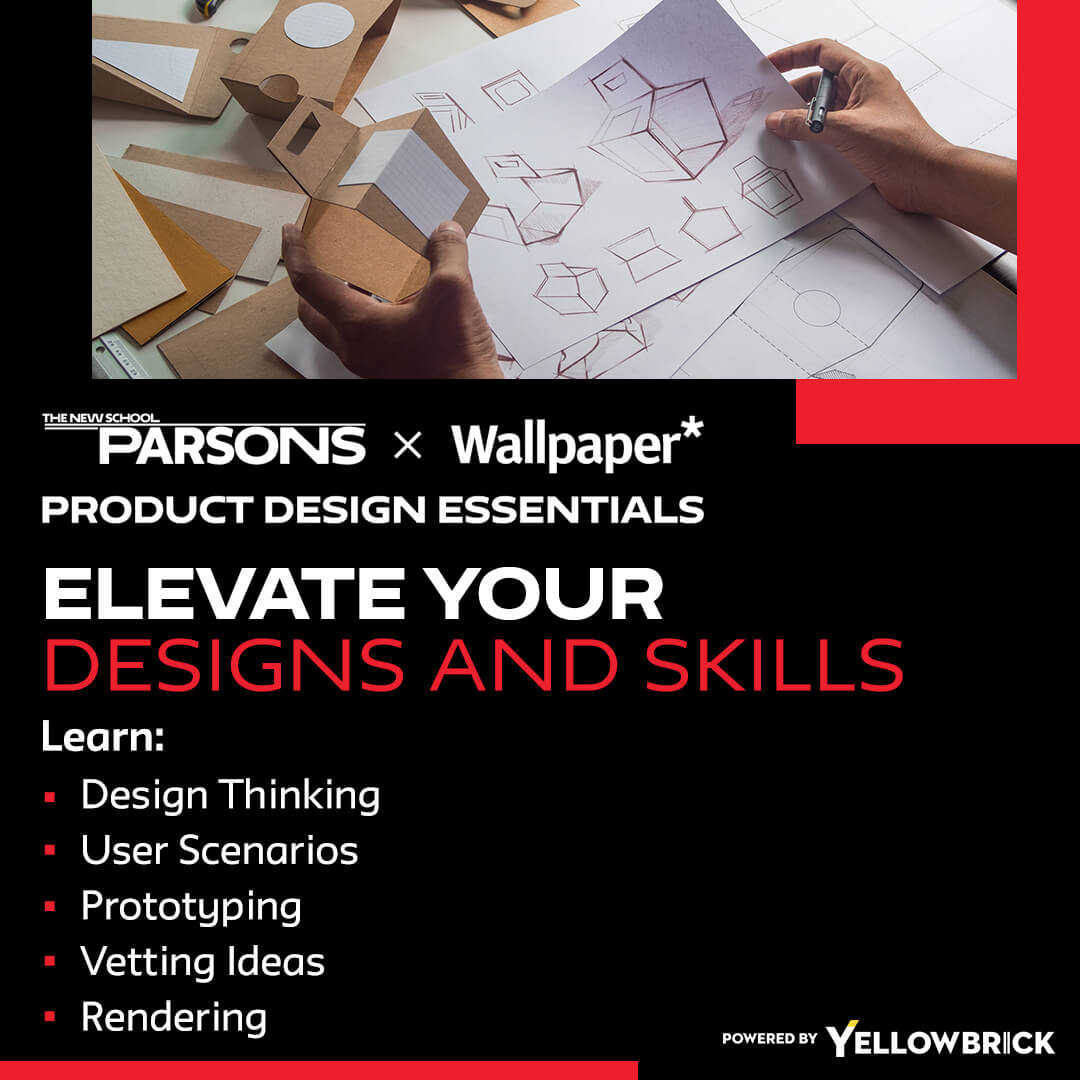The Easiest Way To Get Started With UX Design

The field of user experience design, also called UX design, is an exciting and expanding career path for those interested in product design and technology. As of 2020, there were 199,400 jobs in web development and digital design. In addition, the US Bureau of Labor Statistics predicts that employment for UX designers will grow at a rate of 13% by 2030, much faster than average for all occupations.
The pandemic spurred part of that growth. In addition, with an increased focus on contactless services and companies shifting to remote-based employment, consumers rely on apps and online convenience more than ever before. As a result, user-friendly and accessible interfaces are in high demand across all industries. If you are interested in getting into UX design, here are a few simple tips to start your career.

Familiarize Yourself With the Principles of UX
Begin with the basics and study the principles of UX design. There are several core principles to consider when creating a user experience. The core concepts are visual hierarchy, accessibility, usability testing, and typography.
Choose Your Area of Expertise
There are many stages in the design process. You must learn the basics of each step, but focus on one stage and make it your specialty. The different stages of UX design are:
- User research & planning. This area focuses on usability and includes UX research, user testing, customer interviews, surveys, user personas, and flow diagrams.
- Wireframing prototyping. A wireframe is a blueprint or skeletal outline of a website. This is critical for the UX design process and when designers draw visual guides of interactive products to establish the structure and flow of possible design solutions.
- Visual design. Visual design aims to improve a design’s aesthetic appeal to increase user engagement. This is similar to graphic design and focuses on text, colors, and images.
- Front-end development. This technical role involves writing code for the software’s user interface.

Choose a UX Tool
According to Adobe, 42% of hiring managers said that knowledge of UX tools is the most important attribute when they consider candidates for a position. Like most high-growth fields, the market is oversaturated with different tools and software overlapping features. Choosing to master can be difficult if you’re just starting your UX training. Figma, Invision, Sketch, Balsamiq, and Adobe XD are among the most well-known tools for UX designers.
Practice Makes Perfect
Practicing is the most important way to refine your skills and expertise. Try replicating websites or applications you like. Once you’ve gotten comfortable recreating designs, try improving them. You can also practice by analyzing designs you don’t like. Then, write down how you believe the design can be enhanced.

Build Your Portfolio
Your professional portfolio is a visual representation of who you are, your skill set, and your growth as a designer. If you’re just establishing yourself as a designer and haven’t had a job in the field yet, use your practice designs to showcase your work. Also, make sure your portfolio is visible and up to date — hiring managers will likely check out your portfolio before interviewing you.
Enrolling in an online UX design course is another way to learn the industry’s ins and outs from professionals. Check out the Yellowbrick x Creative Bloq UX Design Foundations course if you’re interested.
